Formatting Your Thesis as an Academic Journal Article
For all thesis formatting and submission deadlines and information, also reference the SJSU Graduate Studies Thesis Guide.
SJSU is now using Montezuma Press as the interface with graduate students finishing their theses. They will review your formatted manuscript free of charge, or you can hire them to format it for you.
Citations and References
If you wish to format your thesis as an Academic Journal Article, working with your thesis chair, find an article in an academic journal that is similar to your thesis topic and scope.
- This will likely be an article you have cited in your literature review.
- Be sure the journal publishes studies that use data collected over the same time length and of the same type that you are collecting or using in your thesis.
- Read the Author Guidelines for that journal.
- Compare your selected article to the Author Guidelines.
- Articles do NOT always follow the rules in Author Guidelines
- When you turn in the thesis, you will have to provide a link to the specific model article and Author Guidelines you used on this thesis information form [pdf] to guide reviewers.
- Format your thesis exactly in the same manner as your selected article (See example below). Note:
✓ the heading style
✓ the way that figures and tables are set out, and
✓ the citation and reference style.
Exceptions
- All theses must include standard front pages formatted as described in the SJSU 14 Formatting Rules and in this example [docx].
Graduate Studies prefers that theses contain three chapters:
- Introduction with literature review (optional, unless your journal article has already been published with multiple authors or if the article introduction does not contain a literature review, in which case an introduction chapter is required)
- Full Journal-ready article (You may add a second abstract in Chapter 2, if the journal abstract format differs from the thesis format).
- Conclusion (optional, unless multi-author article has been published, as for Introduction).
- All margins must follow Graduate Studies’ rules, regardless of journal specifications.
- Line spacing must be either single or double-spaced. No fractions are permitted.
- Double column layouts overall are NOT permitted.
- Figures and tables must be inserted in the text shortly after their citation, but after the end of the paragraph (even if journal Author Guidelines specify that figures be placed at the end of the manuscript).
- Do not use endnotes. If a journal you have selected uses footnotes, you may utilize them (you will need to document this in your article).
Important Notes
- Each section of the thesis or dissertation should be unique. It is not permissible to copy the same content from one section to another and claim that it represents journal articles submitted to separate journals.
- If you are using an already-submitted journal article for the thesis that includes
multiple authors, clearly identify and summarize your own specific work in your introduction and conclusion.
If you have not submitted the article for publication and you are the primary author,
you do not need to specify whether you intend to add co-authors when you submit.
-
Note: If you have been working closely with your thesis advisor, although it is not mandatory, you should generally expect to list them as a co-author on your journal submission. In some cases you may want to include your entire thesis committee as co-authors, if they have been actively helpful to the development of your paper. Discuss the question of authorship with your committee as early in the process as you feel comfortable doing so.
-
Resources
- Publishing an Academic Article Workshop created by Dr. Carolina Prado
SJSU Journal Formatting Example: [pdf]
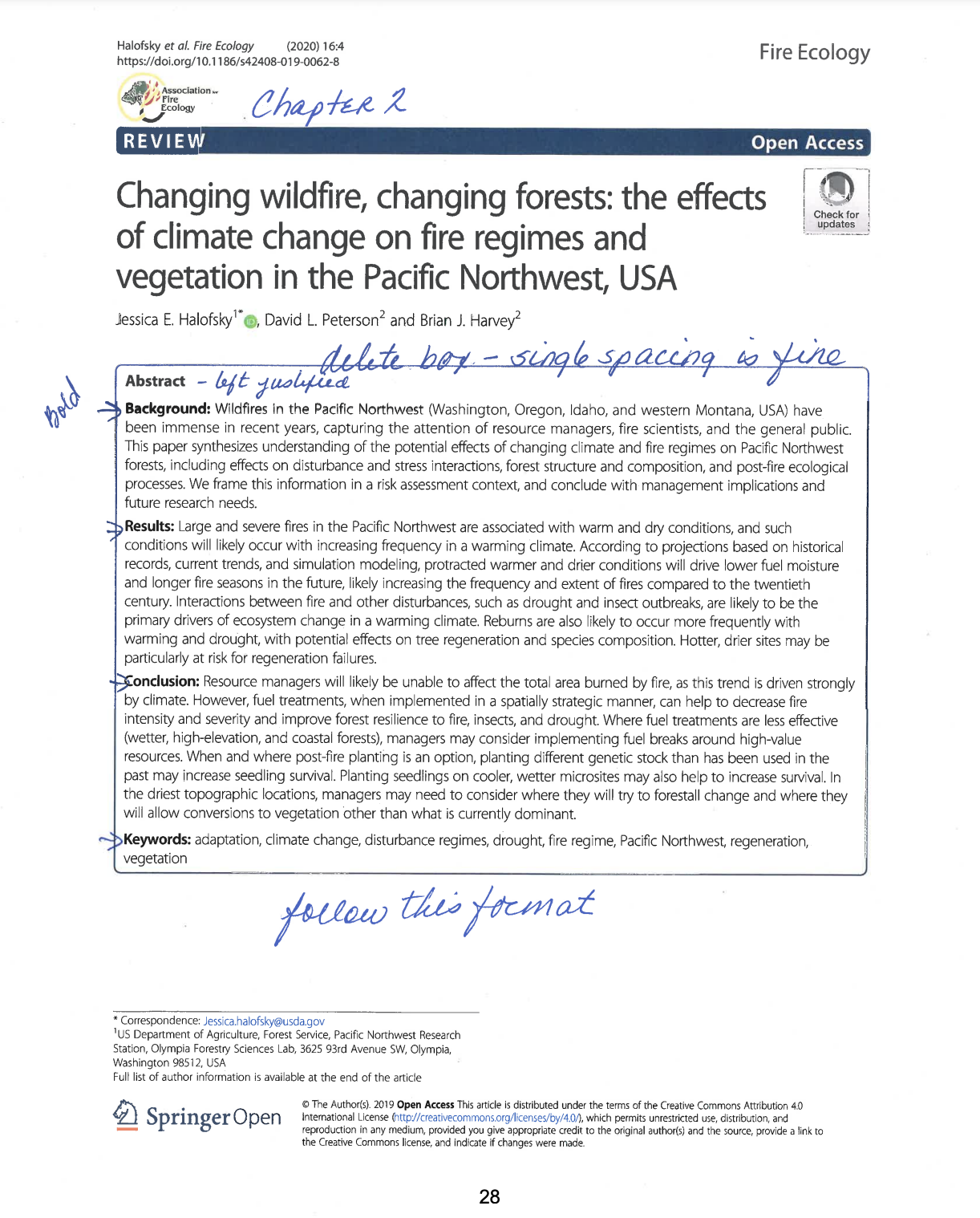
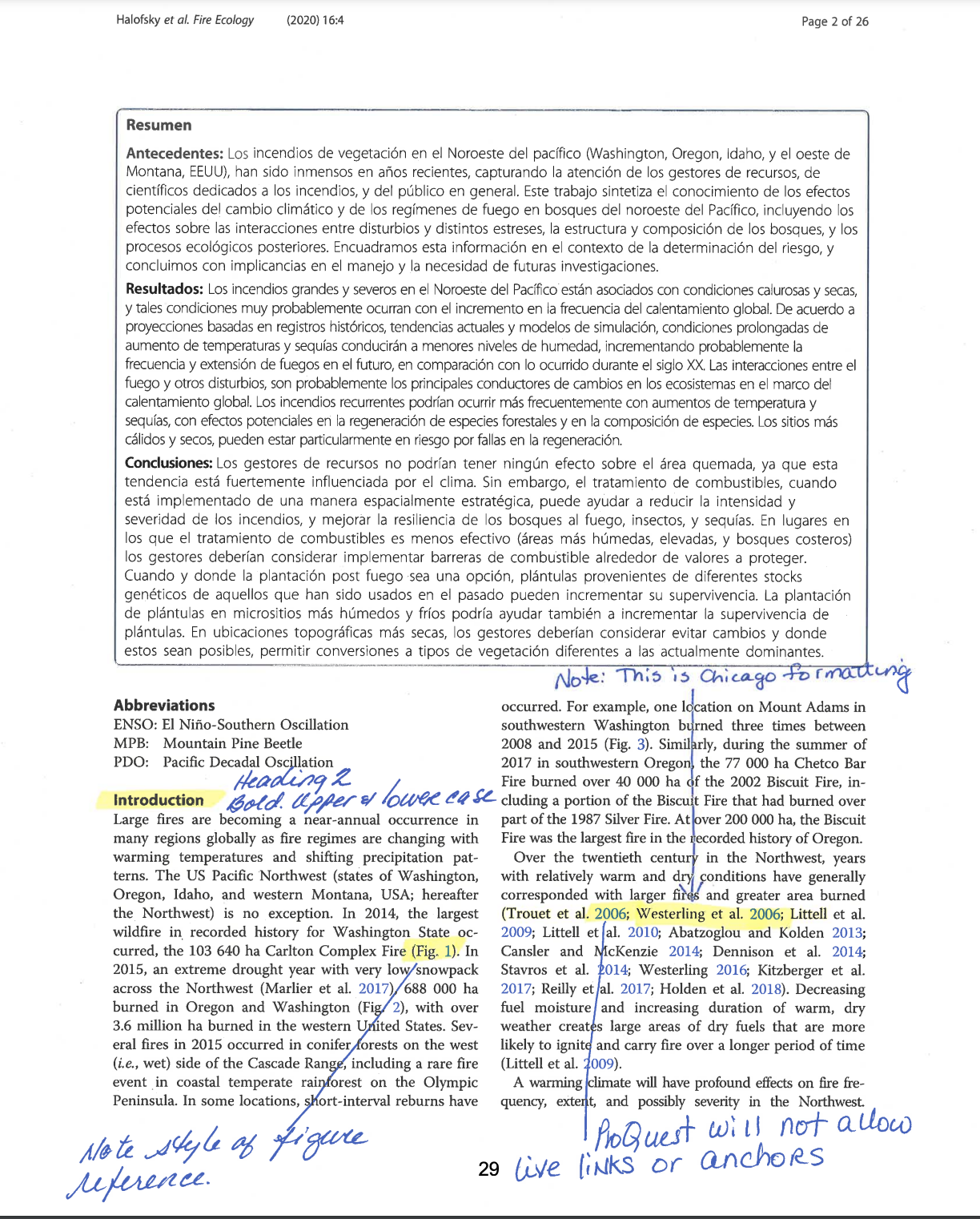
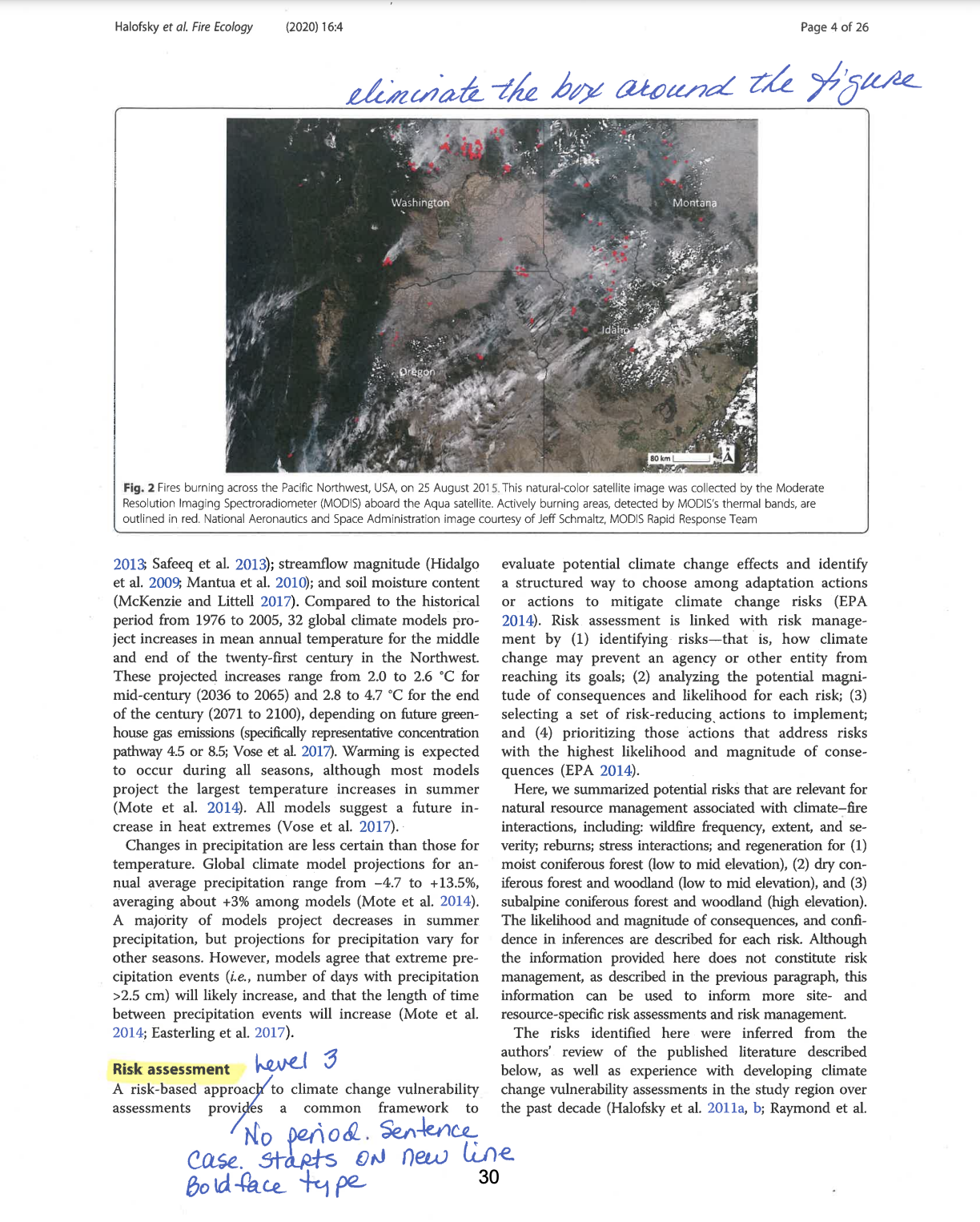
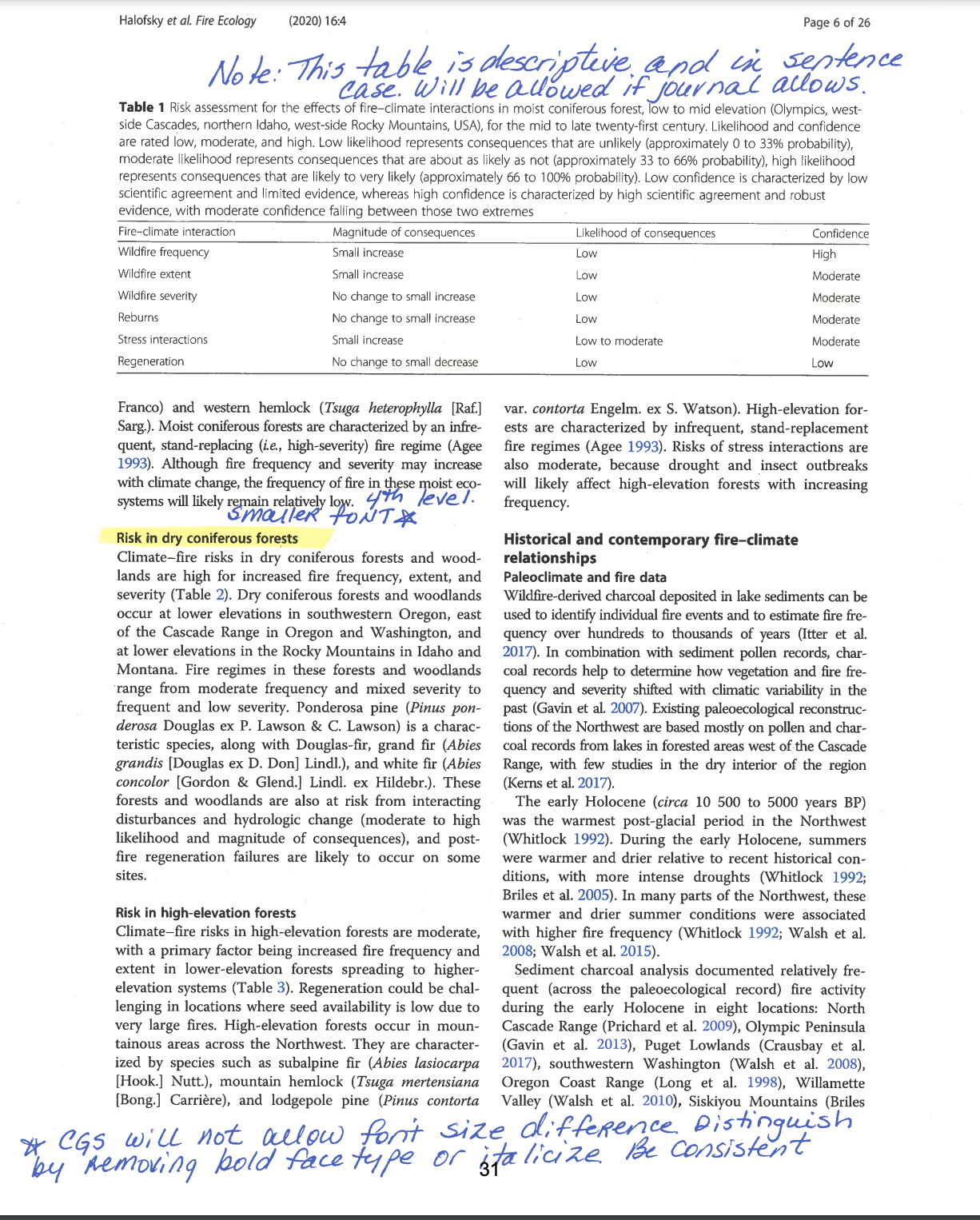
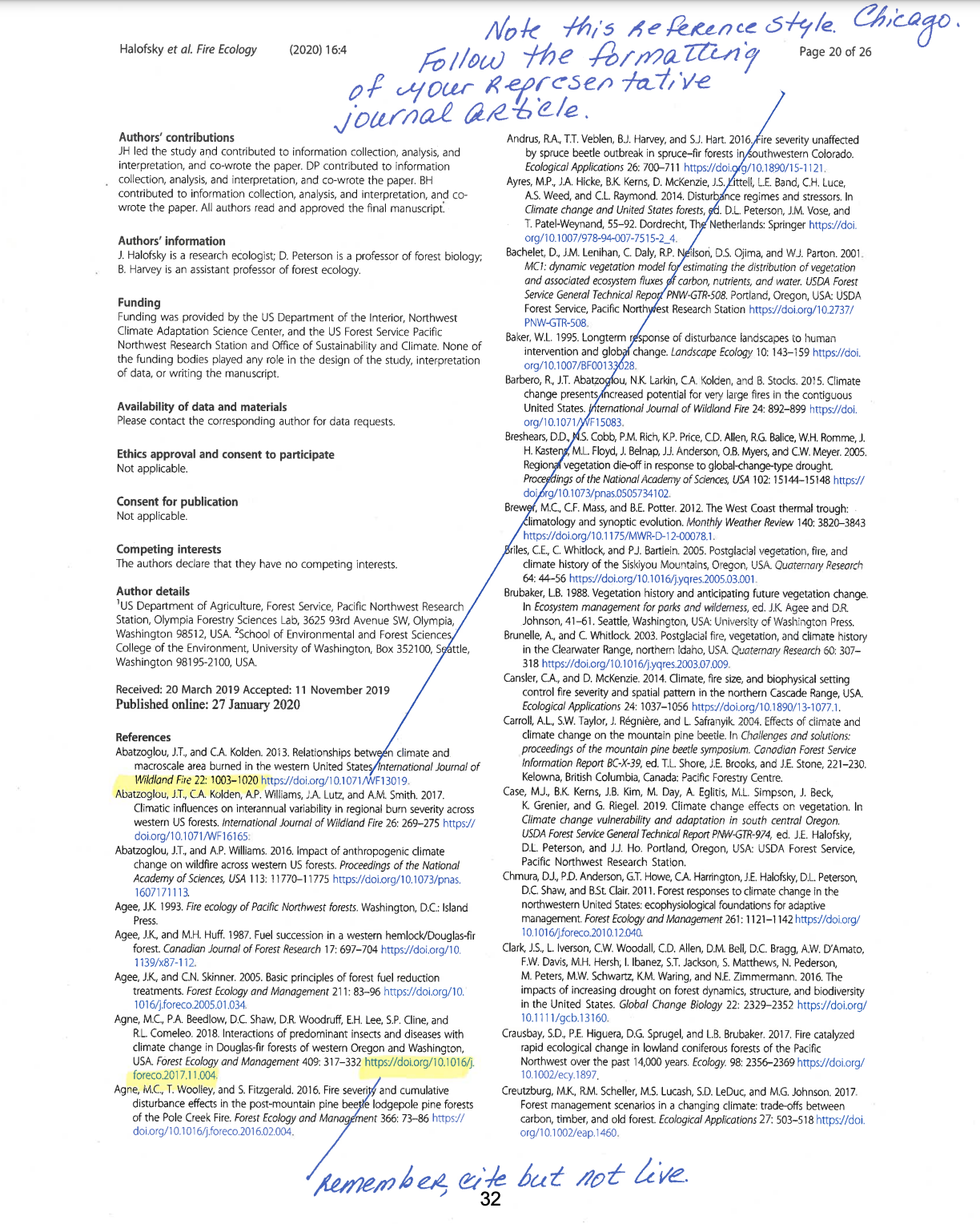
Final Considerations: Citation style and format must be precise and consistent throughout the document. All references should be peer-reviewed academic journal research papers or other primary sources in your field. Internet-only sources should be avoided unless absolutely necessary.